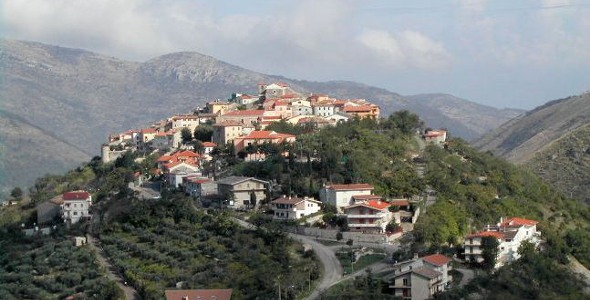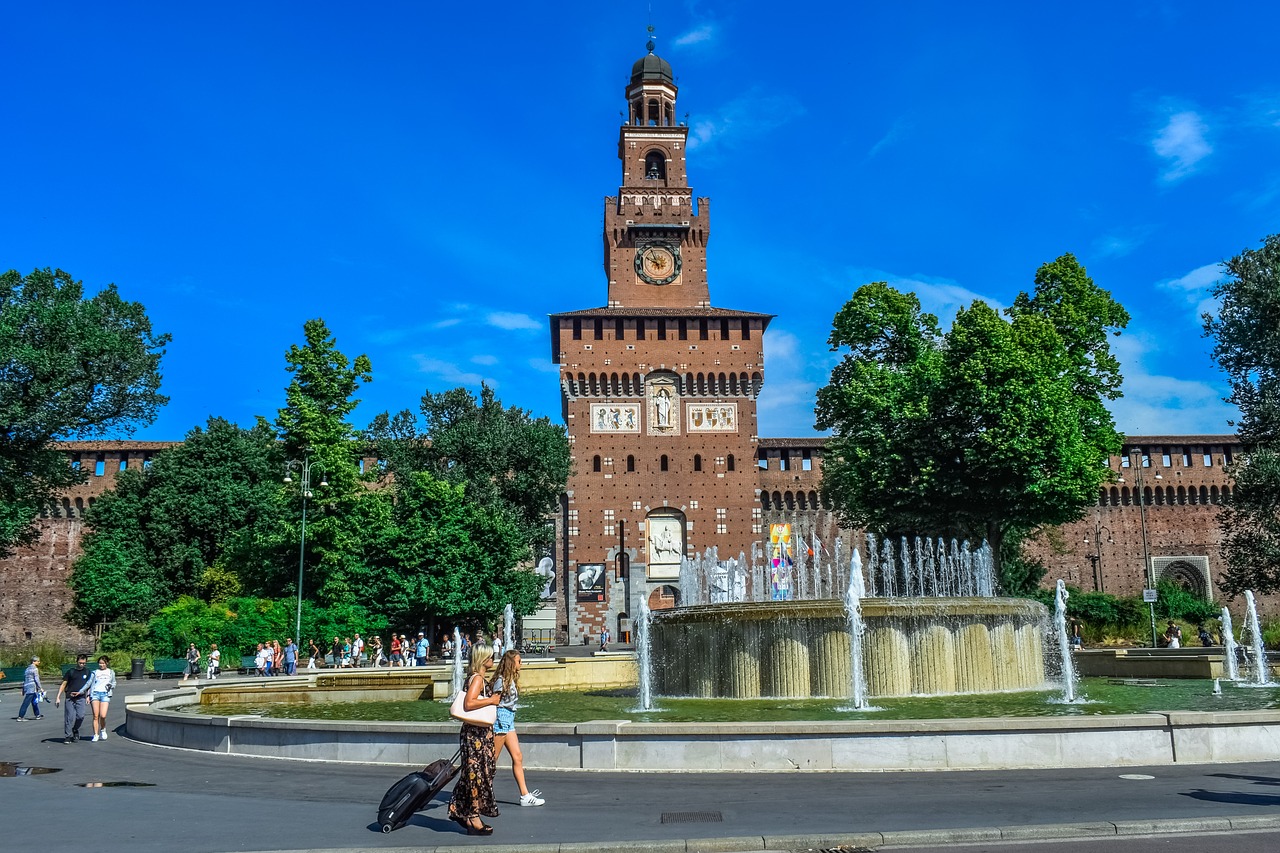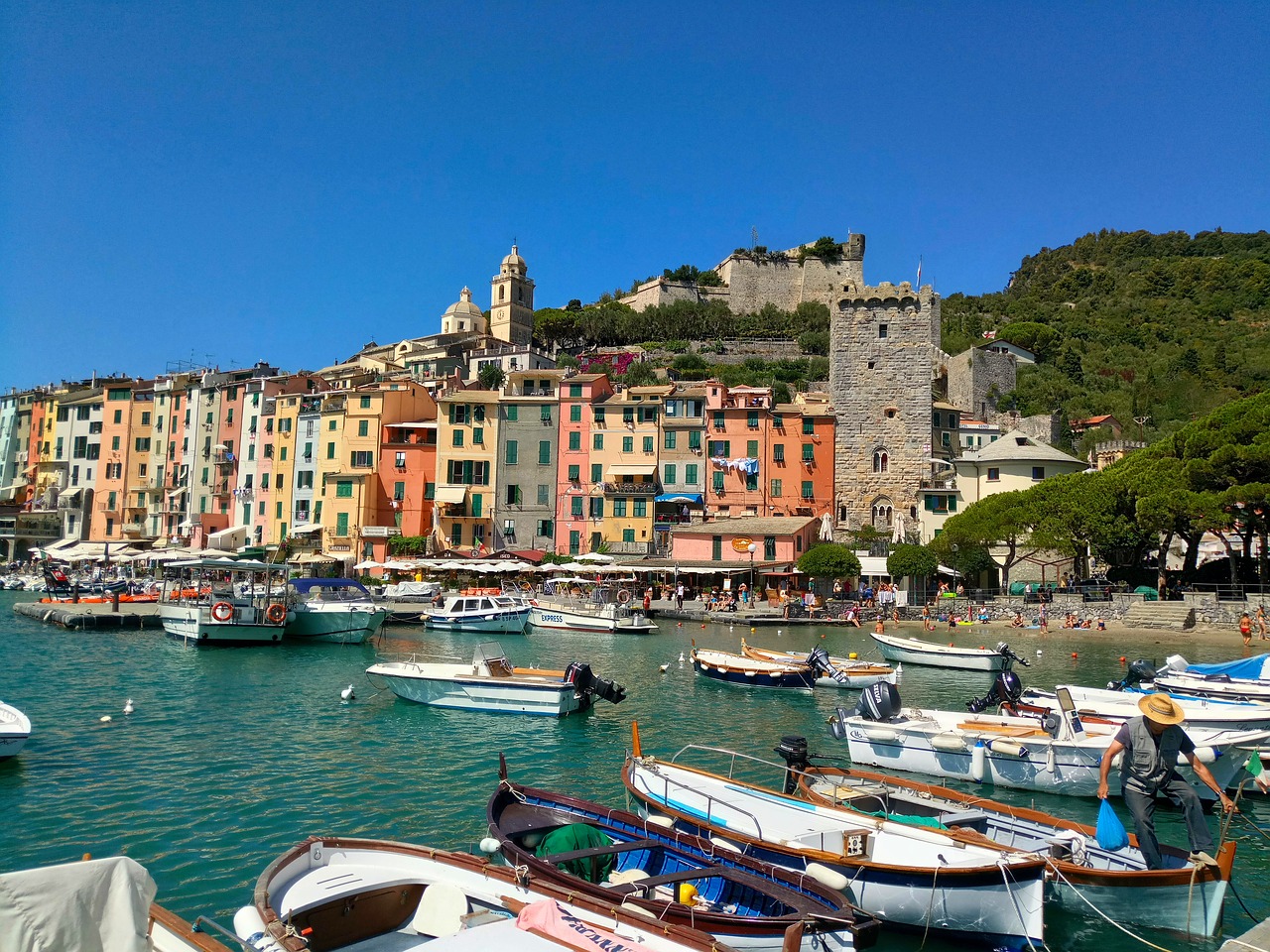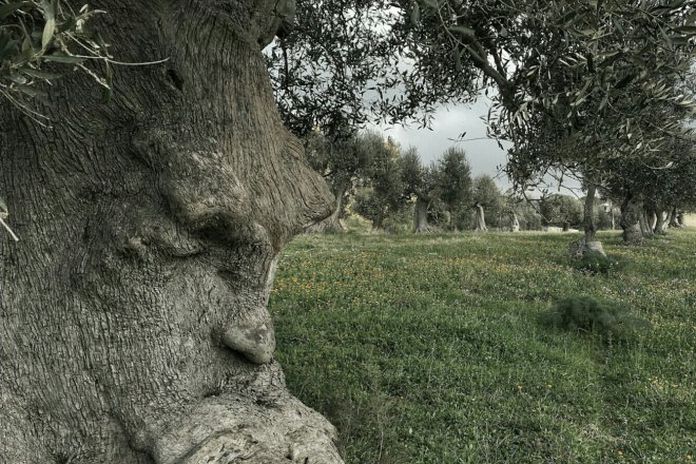Campodimele is an Italian town of 601 inhabitants in the province of Latina in Lazio. It is part of the circuit of the most beautiful villages in Italy. Located on the top of a steep hill of karst origin, surrounded by wooded hills and barren mountains, on the extreme offshoots of the Ausoni mountains, where they join with the Aurunci range.
How CNN reports: “Since the 1990s Campodimele, a hamlet straddling the wild Aurunci hills in central Italy, has been celebrated for the longevity of its inhabitants. Over the years scientists and tourists have flocked to the tiny community, eager to learn what it was that made its residents live well into their 10th or 11th decade. Today, Campodimele is still known for its old folks. But mysteriously, the old folks themselves seem to have vanished”. Read here the original article.
The origin of the town is attributed to the survivors of the ancient Latin city of Apiola, remembered by Pliny The Elder (Nat. Hist. III, 5) and Tito Livio (1, 5) as conquered and destroyed in the 6th century BC. by Tarquinio Prisco, fifth king of Rome, during the wars for supremacy in Lazio. The name of Apiola, etymologically derived from “api”, would have been transformed into Campus Mellis, or “Campo di Miele”.
The first certain news of an inhabited and fortified center with this name, however, comes only with the arrival of the Lombards in the 6th century AD. In the seventh century it was probably part of the possessions of the monastery of Montecassino and was probably affected during the ninth century by the Saracen raids, which came to destroy Montecassino in the year 883.
Crossed by brigands
The territory of Campodimele was crossed by brigands, favored by the dense woods that allowed the hiding place and the escape towards the so-called “Nobody’s Land” on the border between the Kingdom of Naples and the Papal State. Still exists, at the locality of Campolevole (“Campo della lepre”), on the border with the municipality of Esperia, the “Serra dei briganti” (or “cisterna dei thieves”), a peak on the crest of Mount Mandrone surrounded by a thick bush, in which the outlaws of the time built a circular fortification with dry stone walls, with a diameter of about six meters, from which it was possible to dominate the plateau below and organize a defense. Furthermore, on the crest of Mount Fontanino, on the border with the territory of the municipality of Pico, there is a deep cave called the “den of Garofalo”, named after a famous gang leader. There is also a Monte Sant’Olivo, which recalls another well-known brigand.
Monuments and places of interest
The village presents itself as a whole with an architectural structure with a homogeneous and compact circular shape, dominated by the bell tower of the parish church. The houses settle around the internal roads degrading downwards in the shape of a cone where the walls form the base. The circulation is exclusively pedestrian on streets and steps.
Religious architectures
- The monastery of Sant’Onofrio
- Church of San Michele Arcangelo
- Church of the Annunziata (currently deconsecrated, XIII century);
- Chapel of the Madonna delle Grazie (16th century);
- Church of the Madonna del Rosario (built after the war).
Military architectures
The city walls
Natural areas
- Natural Park of the Aurunci Mountains
- In the area 25 km of paths have been equipped in the woods and there is a center for breeding deer, fallow deer and roe deer in the wild for the conservation of the species.
- From the Crocette locality, along a path indicated by a park sign, you can reach Monte Le Vele.
Other
- War Memorial;
- Monument to the Emigrant, mosaic by Giovanni Repossi;
- Monument to St. Pio of Pietrelcina. Bronze work by the sculptor Salvatore Incorpora of Catania;
- Majolica mosaic by Laura Supino, reproduction of the 16th century fresco by Egnazio Danti in the Vatican;
- Monument to the shepherd. Bronze work by the sculptor Salvatore Incorpora of Catania;
- Plaque in memory of the miracle performed in 1858 by Saint Paul of the Cross in favor of Rosa D’Alena;
- Various commemorative plaques in different places in the territory in memory of the missions of the Passionists;
- Commemorative plaques of war events and the granting of the War Merit Medal to the Banner.









Discussion about this post